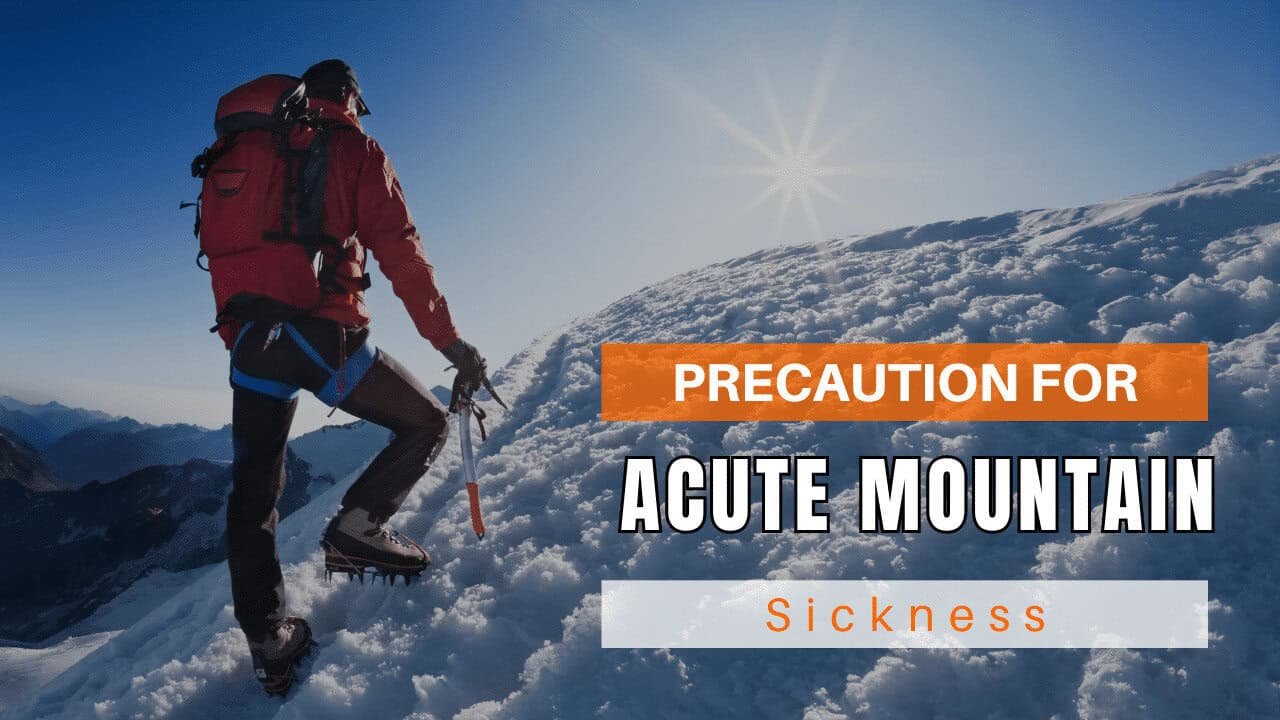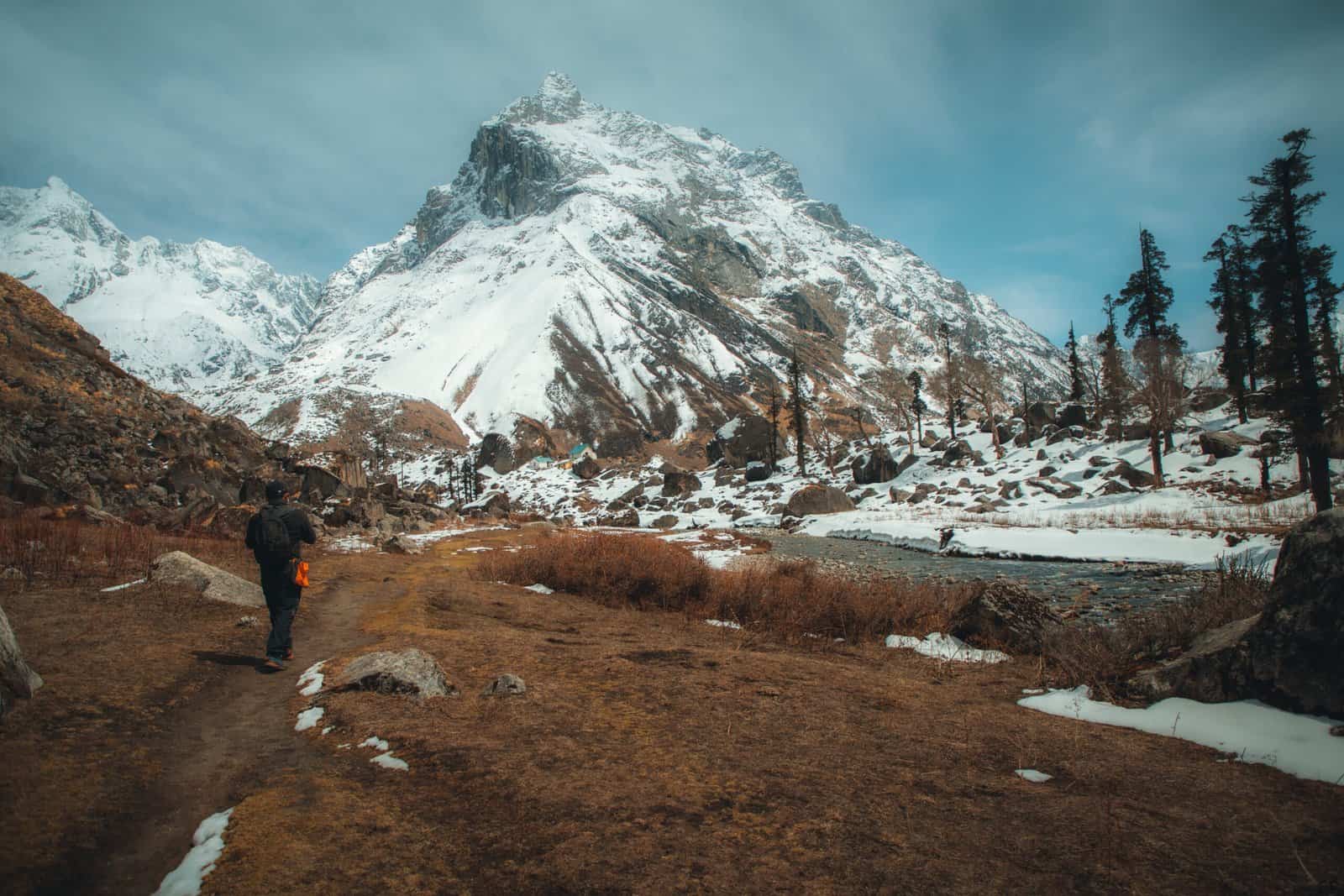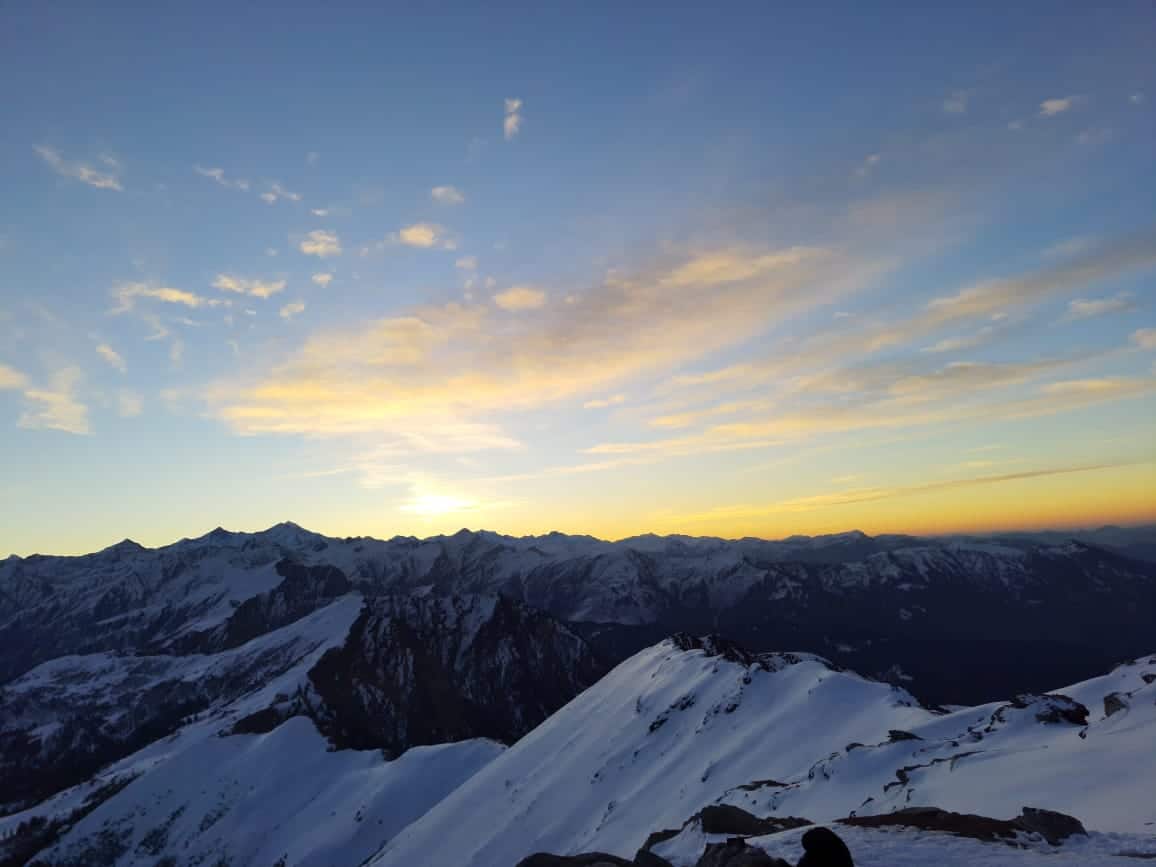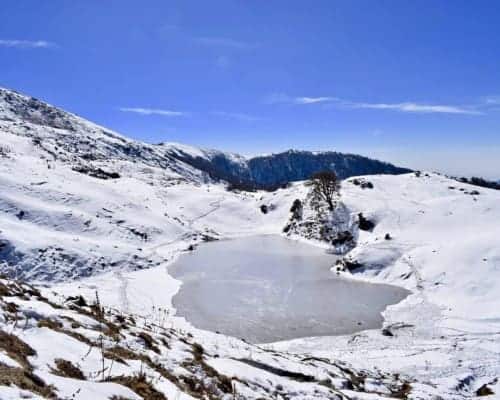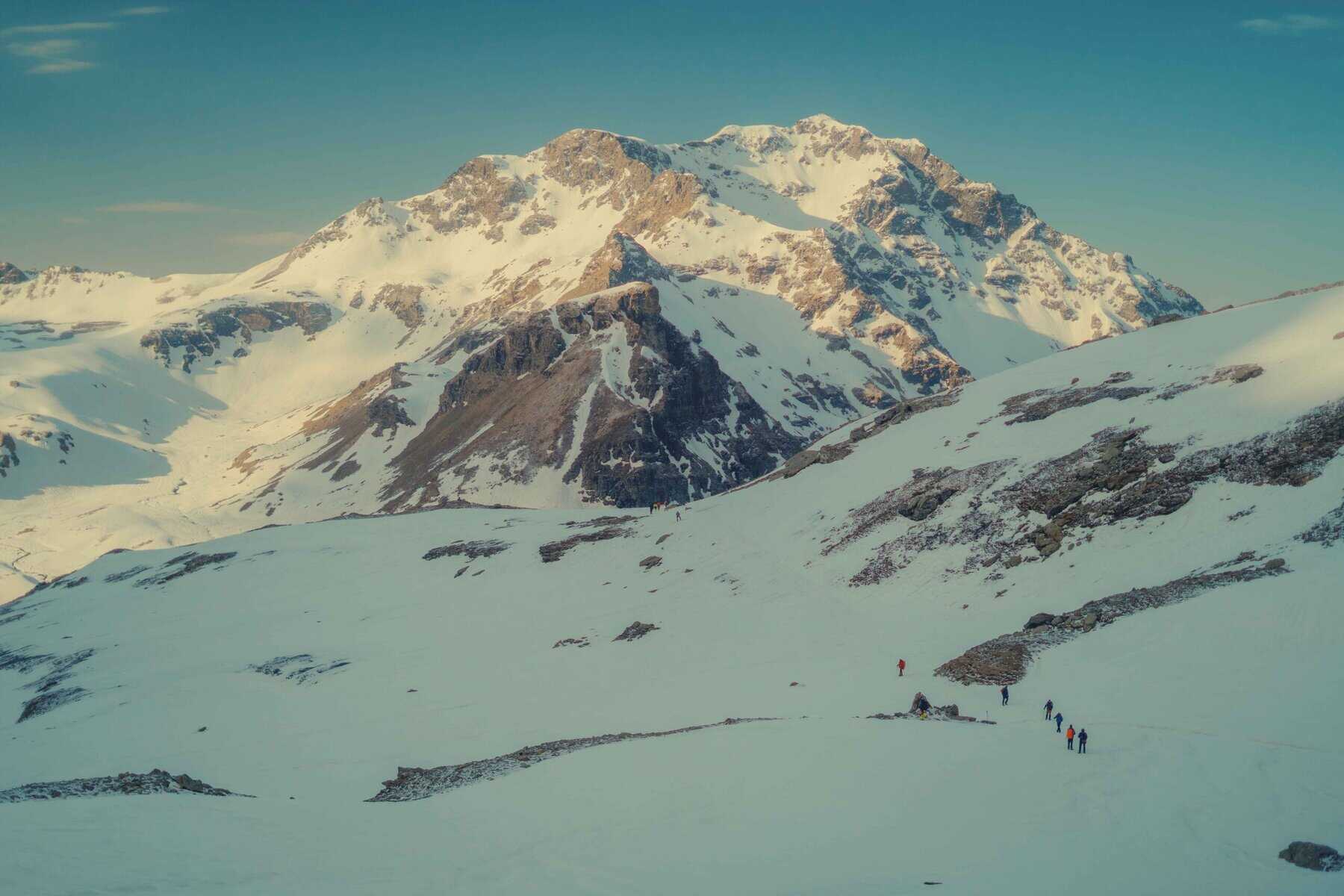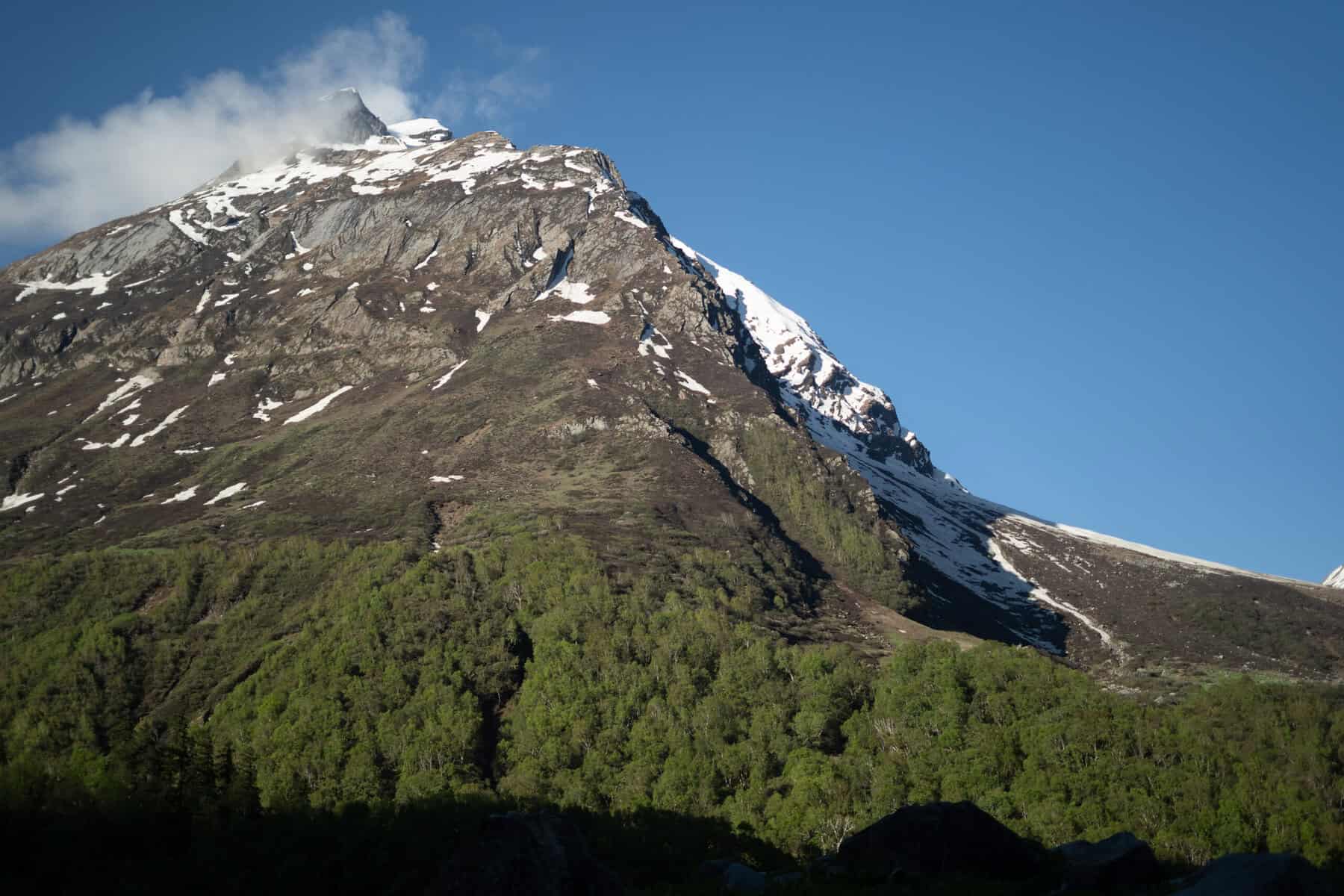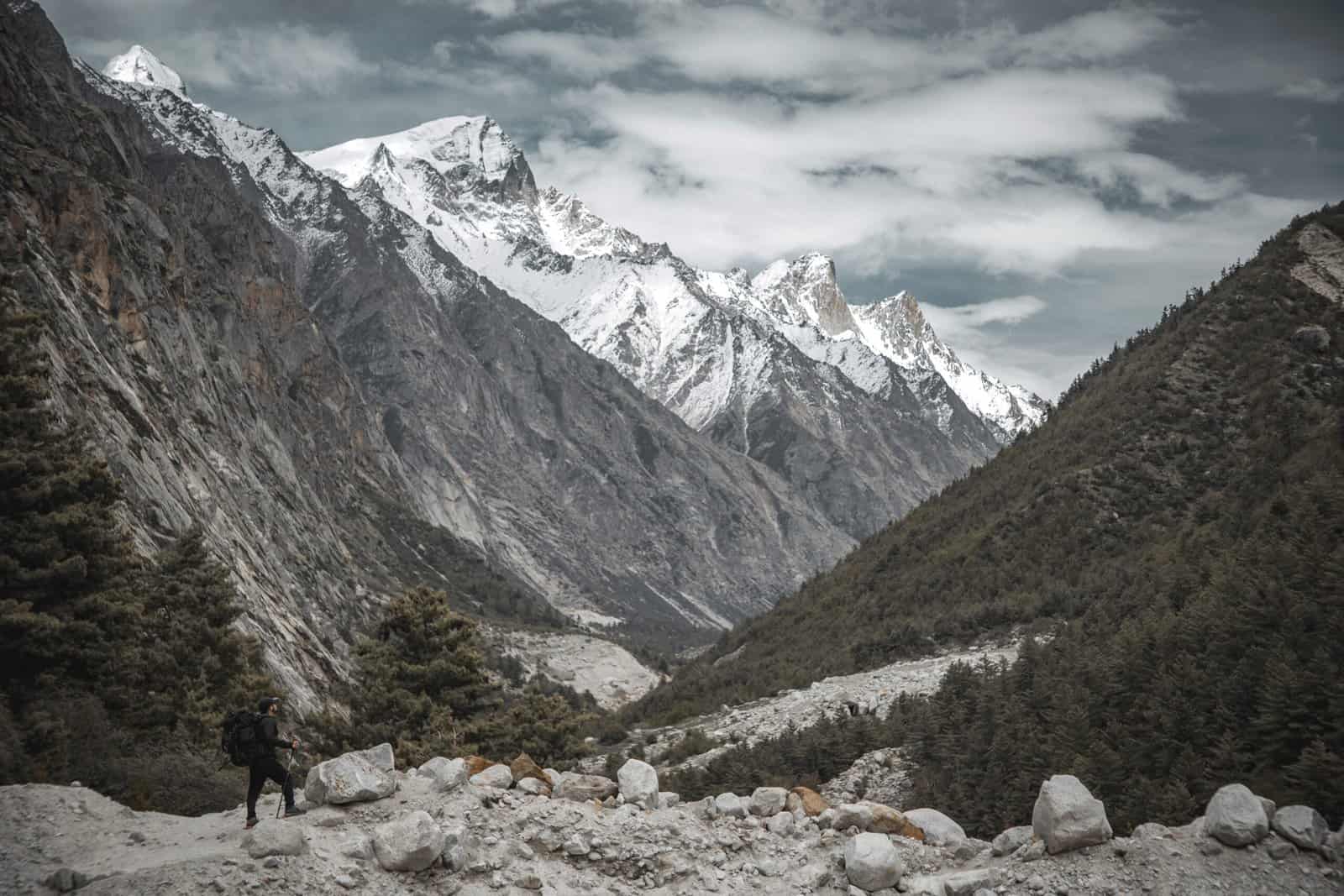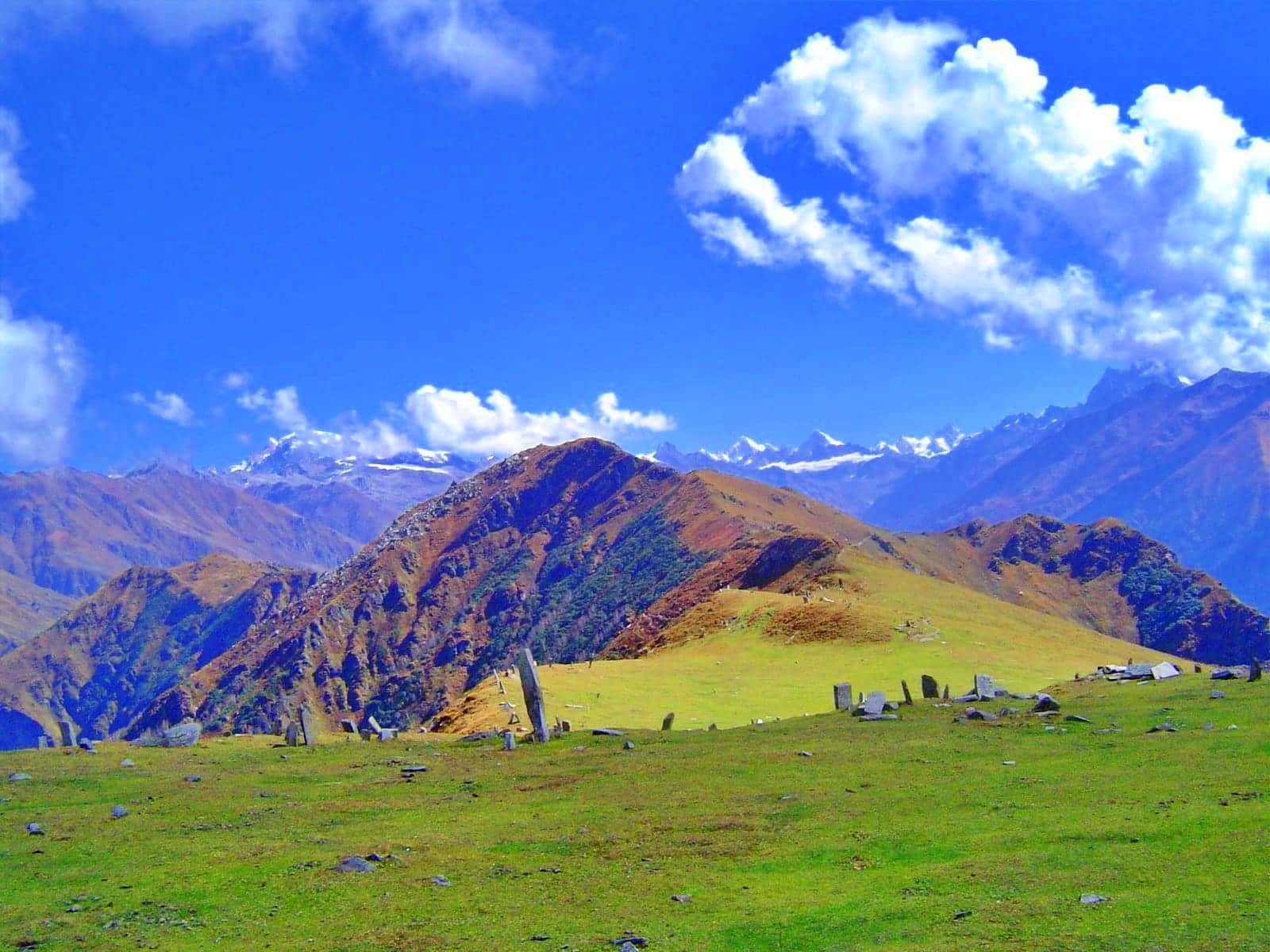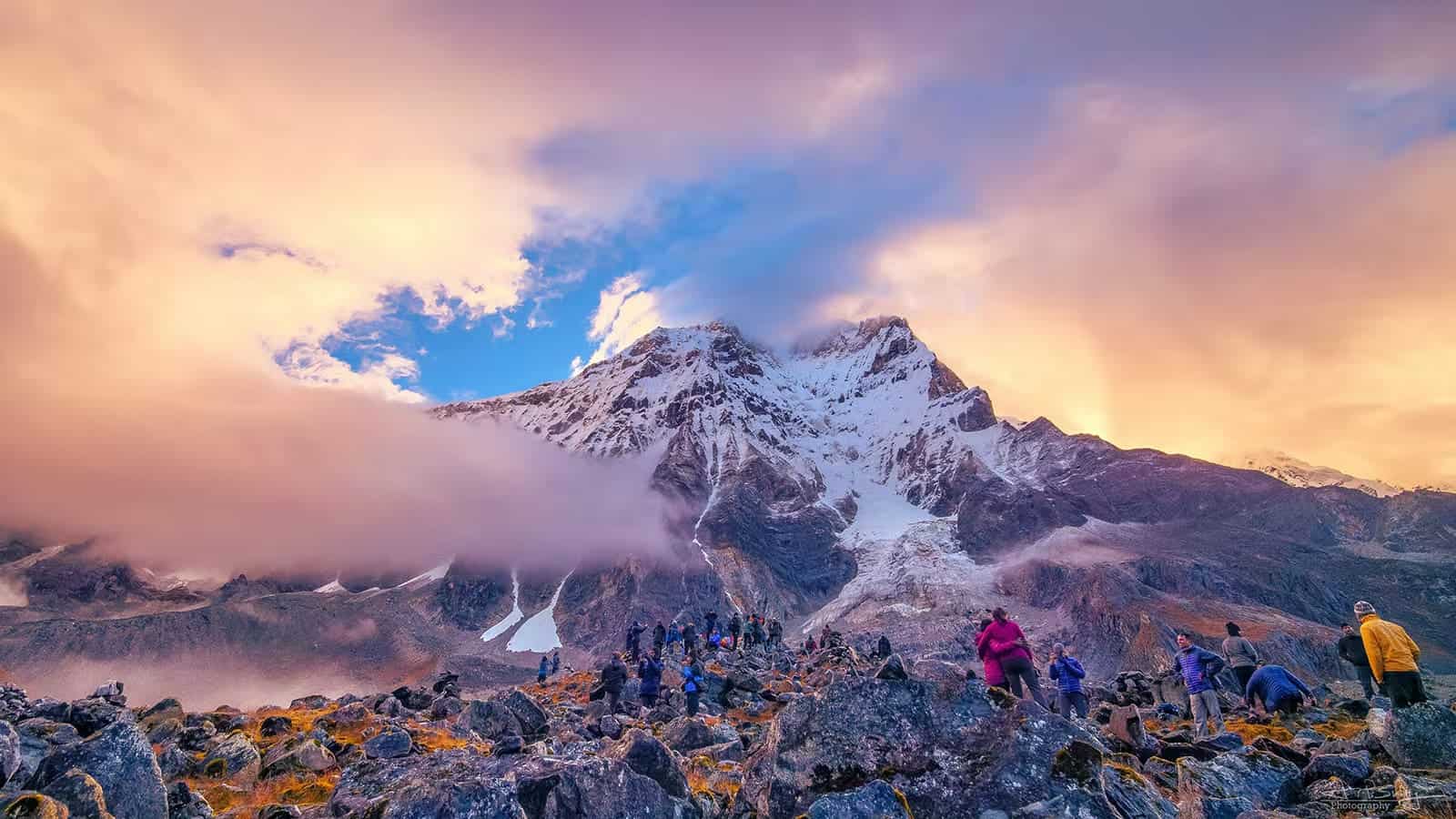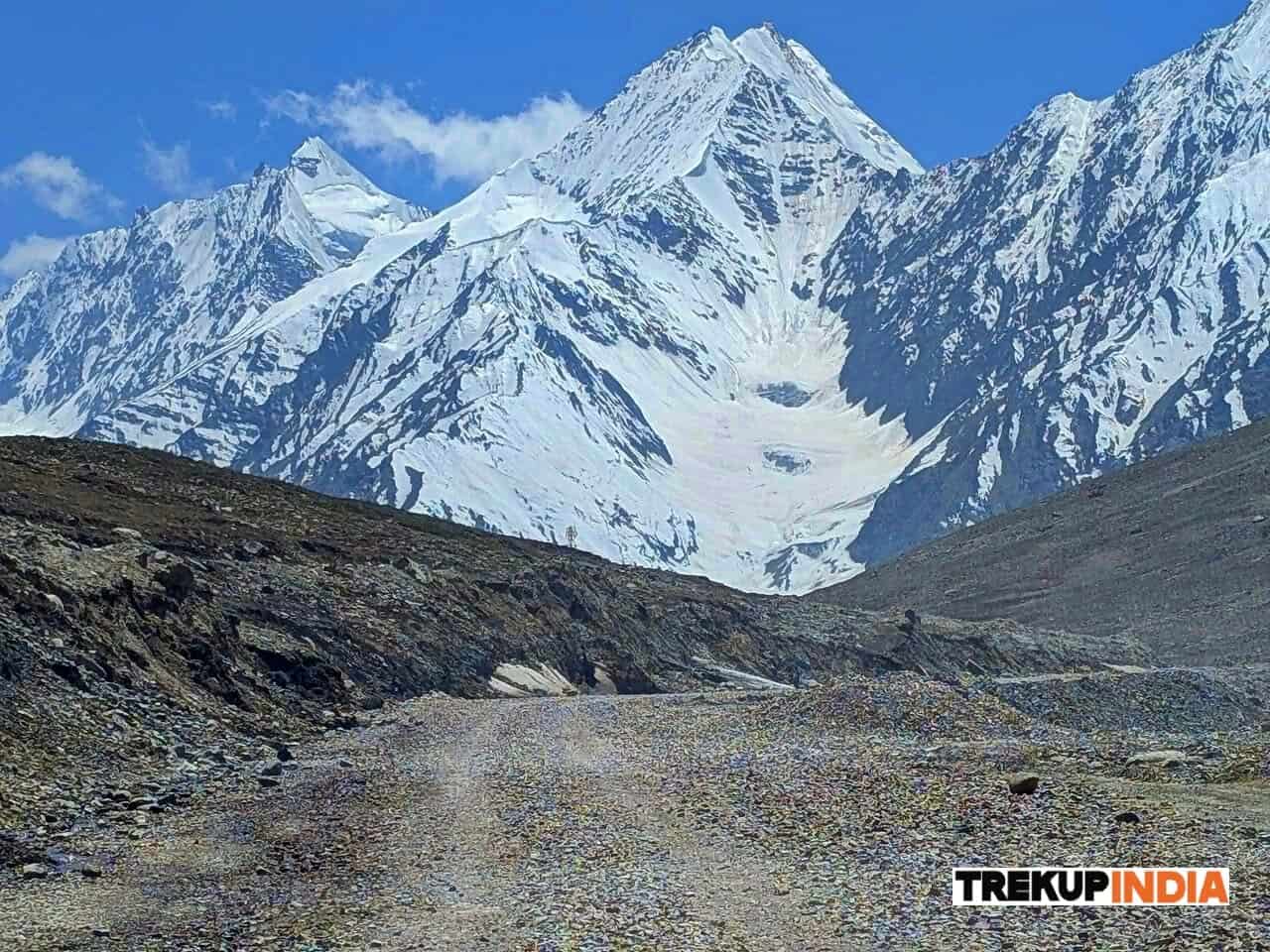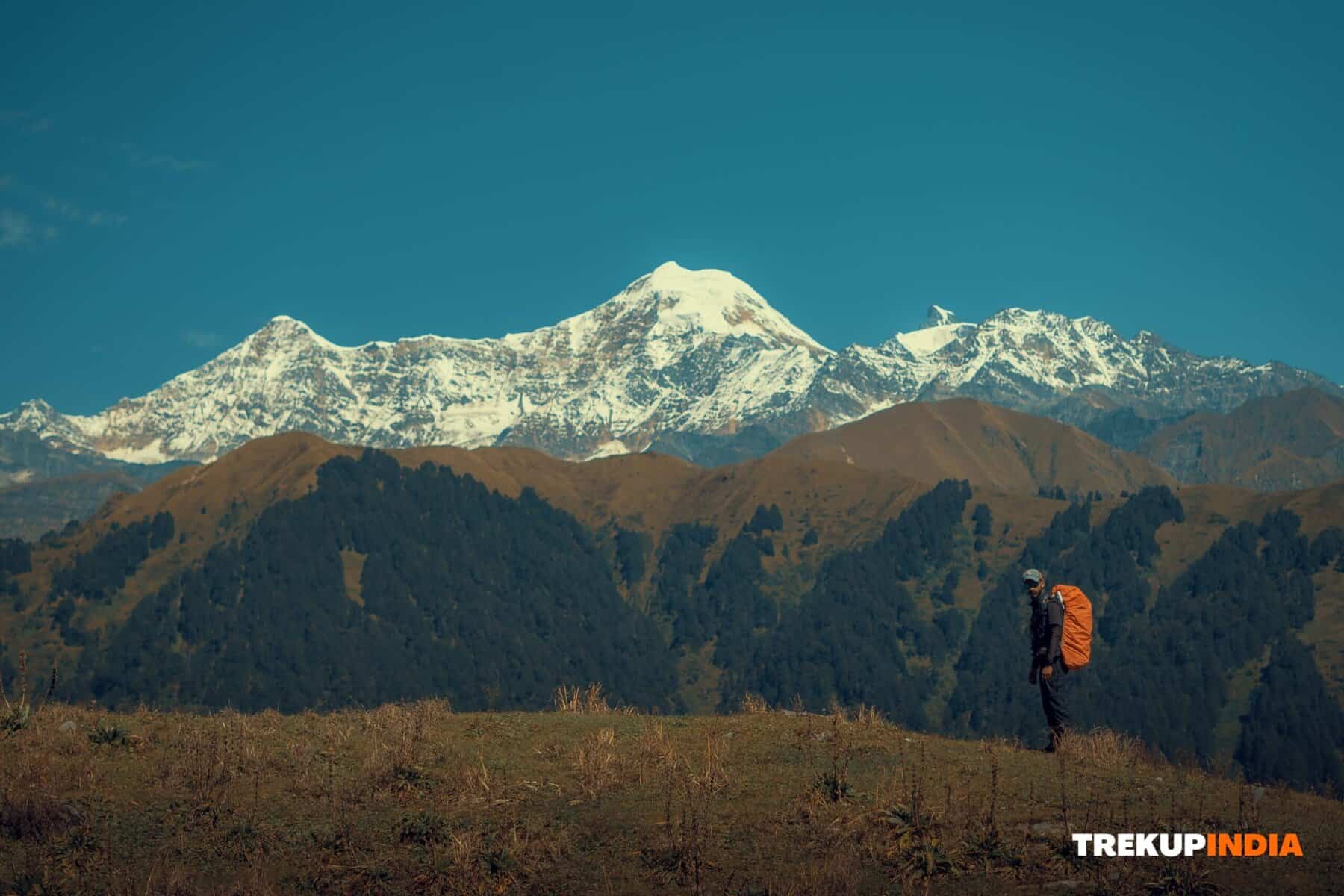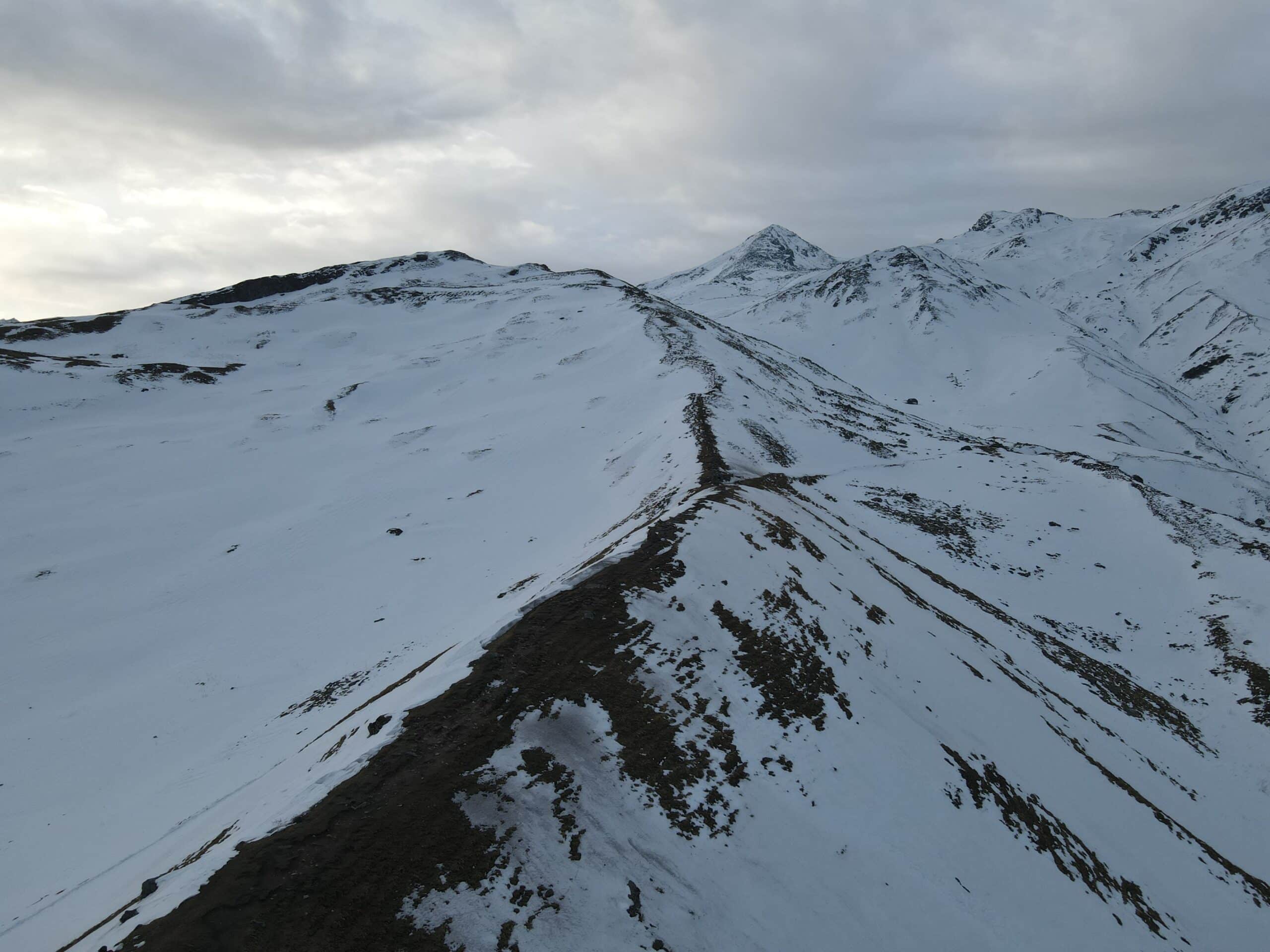Sinchula Winter Trek
Sinchula Winter Trek
This relaxing low-altitude trek follows the historic path connecting Thimphu and Punakha prior to motor roads being introduced, providing spectacular scenery of blue pine, rhododendron, oak forests, sunny terraced rice fields, and towering snow-capped mountains. Explore remote villages, monasteries, temples, and sacred landmarks while trekking; the winter season offers ideal weather for discovering them as well as historical sites in Bhutan’s western valleys.
Trek Itinerary of Sinchula Winter Trek
DAY 01: ARRIVE PARO, PARO – THIMPHU
Paro is famed for its breathtaking mountain vistas, and upon your arrival at Paro airport, you will be met by one of Bhutan Travel Bureau’s representatives, making for an unforgettable journey! Follow lunch by exploring Paro in the afternoon, including visiting its National Museum (Ta Dzong). Here, religious artifacts, paintings, and crafts from Bhutan provide valuable insights into its rich historical, cultural, and religious legacy. Rimpong Dzong is an important monastery and administrative centre in Bhutan’s Rinpung Dzong District, home to renowned paintings by the saint Milarepa that will delight you on this excursion. You will then travel 1.5 hours back to Thimphu for your overnight stay.
DAY 02: THIMPHU
Spend the day discovering Thimphu’s cultural attractions, beginning with the National Memorial Chorten. Conceived by the Third King to protect Bhutan from modernization influences, its completion by the Royal Queen Mother was done as a tribute to her late husband, who passed away in 1972. Continue on your tour by visiting Changangkha Temple, dating back to the 12th century, Drubthob monastery, home of revered Zilukha Nunnery, and Tashichhodzong fortress, if time allows – then head back home for relaxation before heading back home for an overnight stay.
DAY 03: THIMPHU
Visit Thimphu’s cultural attractions today, such as the Institute of Zorig Chusum where students learn the intricacies of Bhutan’s 13 traditional arts; National Library, with its vast collection of ancient scriptures; Traditional Paper Factory where you can watch paper-making take place and the post office which displays Bhutanese stamps; Folk Heritage Museum featuring a replica of traditional Bhutanese farmhouse; Tango Monastery or Phajoding Monastery for short hikes that offer stunning views over Thimphu valley before returning to your hotel for sleep overnight stay!
DAY 04: THIMPHU – SINCHULA (4-5 hrs trek)
Begin your trek by driving from Dechhencholing to Kabjesha and starting the ascent up the Sinchula Pass for approximately 4-5 hours through forests of blue pine, oak, and rhododendron trees. Camp out at Sinchula, which sits at an elevation of 3380m, for the night.
DAY 05: SINCHULA – DUPSINGPANG (5-6 hrs trek)
On a good visibility day, Phajoding Monastery and some Himalayan mountaintops become visible as soon as the initial stage of a trek begins. Due to challenging terrain, however, this stage may take hours of effort before Thinley Gang village, Talo Monastery, and Thimphu highway become visible; after approximately one more hour walking, Thinley Gang, Talo Monastery and Thimphu highway become discernible from within 4-5 hours’ trail winding its way through diverse forest before finally leading to its campsite at an elevation of 2440 meters.
DAY 06: DUPSHINGPANG – CHORTEN NEBU (7-8 hrs trek)
The third day of our trek begins with a four-hour downhill trek through a dense forest and involves crossing two small streams. From there, it continues for another three to four hours by passing villages and rice paddies until reaching Chorten Nebu – home of an ancient temple – for overnight camping at 1810 meters above sea level.
DAY 07: CHORTEN NINGPO – PUNAKHA
Travel through multiple villages before catching transportation to Punakha, the former capital of Bhutan. Here we will visit Sangchen Dorji Lhendrupchling Nunnery, located above Khuruthang town, before checking into our hotel in Punakha for the night.
DAY 08: PUNAKHA – PARO
Start the day right by visiting Punakha Dzong, a historic fortress constructed in 1637 by Shabdrung to unify Bhutan as predicted by Guru Rimpoche. Conveniently situated at the junction of Mo Chu and Pho Chu Rivers, Punakha Dzong serves as the winter residence of Je Khenpo and monks who migrate from Thimphu in order to escape winter cold temperatures. It features a three-story temple with four elegantly crafted entrance pillars made from cypress wood, decorated with gold and silver ornamentation.
DAY 09: PARO
Start exploring Taktsang Monastery after breakfast by trekking along its wide path; its gradual climb should take 1.5-2 hours and eventually bring you high above Paro valley. Taktsang Monastery stands out as an impressive sight atop its cliff, towering 900 meters above the valley below it, and holds great religious significance to Buddhists as a sacred site. Legend holds that Guru Rimpoche and his partner engaged in three months of meditation within a cave near here while spreading Buddhist teachings throughout Bhutan in the 8th Century. Once meditated upon, Guru Dorji Drolo and a tigress materialized from their meditation to vanquish evil spirits from the valley below. Next to the Monastery is a cozy teahouse where visitors can take a restorative break before returning to Paro for lunch.
DAY 10: DEPART PARO
As part of your afternoon excursion, head toward Drukgyel Dzong, which has been substantially rebuilt from its original form, built by Shabdrung to commemorate his triumph over Tibetan invaders in 1644, and destroyed by fire in 1951. On clear days, you can view Mount Jomolhari standing tall behind it; otherwise, explore more attractions in Paro valley before returning back home and spending the night at your hotel in Paro.
Start the day right by enjoying breakfast at your hotel before heading out to catch your flight to your next destination.
Trek Highlights of Sinchula Winter Trek
- Winter panoramas featuring snow-covered mountains such as Mt. Jomolhari and Dochula Pass can be seen.
- This trail follows in the footsteps of monks and messengers traveling between Thimphu and Punakha during medieval times.
- Discover Sinchula Dzong, an ancient monastery on a remote hilltop rarely visited by travellers.
- Explore dense forests filled with Rhododendron and Pine, charming farms, and tranquil towns.
- Experience Bhutanese lifestyles first-hand
- An ideal option for both novice trekkers and families/photographers.
How To Reach Sinchula Winter Trek
Begin your journey from Kabesa village, an hour’s drive north of Thimphu, and end at Chungsakha or Talo near Punakha before returning by car to Punakha town.
Best Time to Visit Sinchula Winter Trek
Winter (November to February) provides the ideal climate conditions, with clear skies and minimal snowfall, making it the ideal season for individuals seeking to avoid harsh cold temperatures at higher elevations. Meanwhile, spring (March to April) brings vibrant blooms of rhododendrons along with mild temperatures for an enjoyable experience.
Dates For Upcoming Treks
Want To Trek Like Pro?
Basically, watch these videos if you want to trek the same way professional trekkers do and make your skills better. These videos contain useful tips and techniques to further improve your trekking skills itself. These videos actually help both new and experienced trekkers improve their trekking skills. These videos definitely provide useful tips that make your trek better. We are seeing that these videos by Trekup India experts will only help you make your trekking skills better.
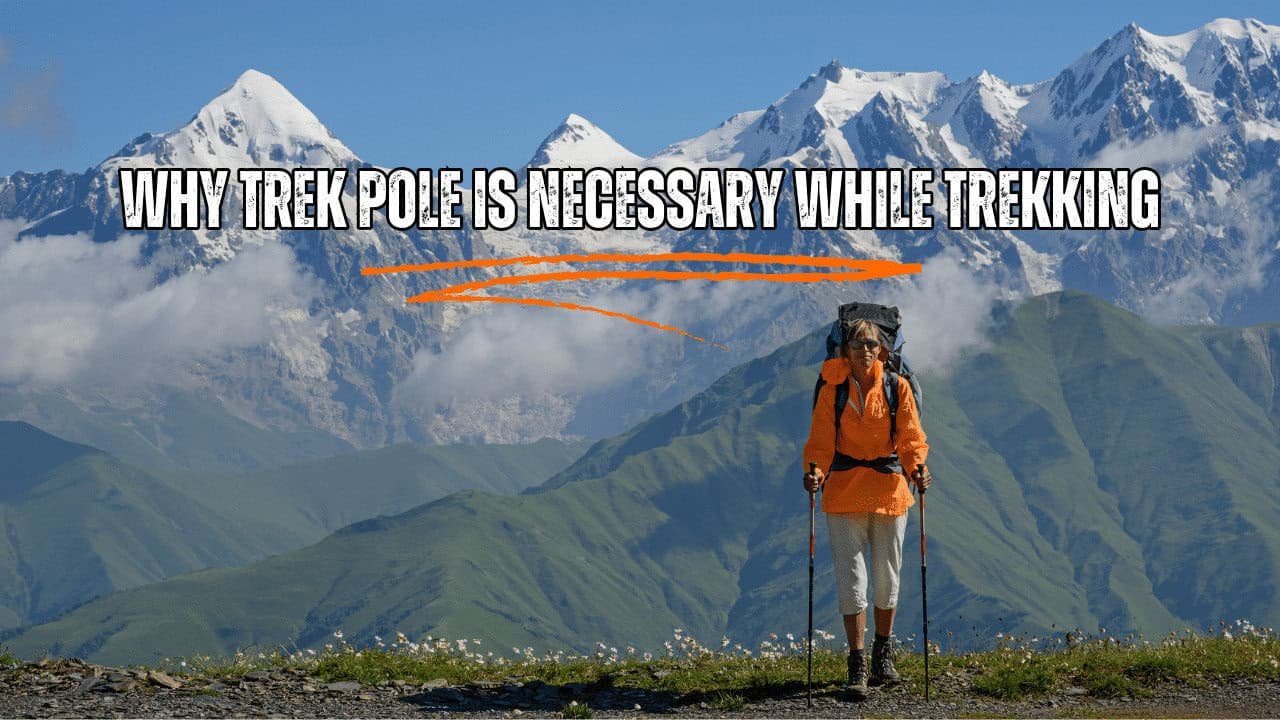






Know Everything About Acute Mountain Sickness
Acute Mountain Sickness occurs when people trek to high altitudes above 8,000 feet. This condition itself develops further due to reduced oxygen levels at such heights. Basically, as you go higher up, the air pressure and oxygen levels decrease, which causes the same problem. Acute Mountain Sickness surely causes headache, nausea, vomiting, and dizziness in affected persons. Moreover, peoples also experience difficulty in sleeping during this condition. To avoid mountain sickness, you should actually trek up slowly to higher altitudes. To learn further about this condition itself, watch the videos by Trekup India.


